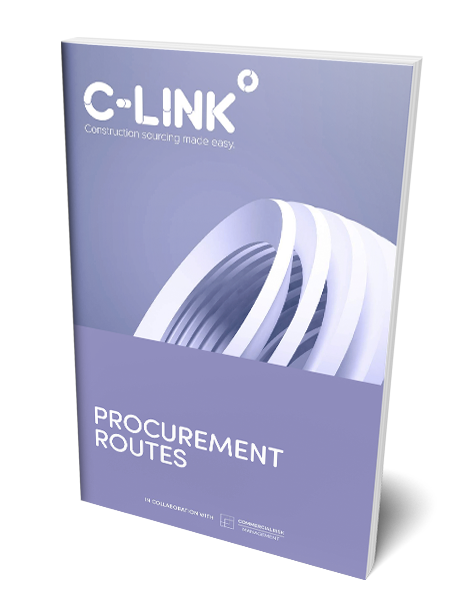Spec and Drawings – Minimising your risk and reducing cost

- blog
- >
- spec-and-drawings-minimising-risk
Procurement is one of the most time-consuming tasks for a QS and when I’ve tendered packages in the past, I normally chose the spec and drawings approach. But, from my experiences as a subcontractor from the other side of the table, I’ve also seen it used as an opportunity for the main contractor to sneak something in, pass on some risk or reduce cost, with the hope that the subcontractor misses it. I’ve seen it used many times when I started out in the industry and have had some bizarre situations where a QS has made a spurious claim that I have allowed for something that wasn’t related to our subcontract works.
Unless there’s a Bill that’s been produced upstream by a PQS, the spec and drawings approach is the standard and quickest method of sending out enquiries. But, using the spec and drawings approach can present a situation where there are uncertainties on what has and hasn’t been allowed. To help prevent this you can iron out any ambiguities by going through the information in detail before issuing enquiries and identifying potential items that could get missed or may crop up as a future variation. Making direct reference to these items in your tender information will help reduce ambiguity and improve the accuracy of tender returns.
If this hasn’t been done, you’re then tasked with validating the quotations against the tender information to ensure everything has been picked up. You may then identify a potential gap in the quotation that could be costly. In this situation, do you:
- bring it up with them or;
- not mention it and wait until you are in contract and have the argument
From a cost perspective, it may seem the better option to have the argument later.
They should’ve allowed for it!
However, in my experience, I believe it’s better to have the discussion up front. This way you can remove any ambiguities and prevent potential disputes or delays further down the line. If you feel the situation is leading to an opportunity for the subcontractor to increase costs, you have the time to hone in on the extra costs and potentially procure elsewhere. Also, at this stage you are in pre-contract and still hold the negotiating power, so costs will be less than if they come as a variation later down the line.
If you preload your work at the front end of your procurement, you’ll minimise time spent on drawn out disputes and you can use that time elsewhere on improving your margins and running your project efficiently. Disputes are no good for anyone.
Image Credit: The Argument by Kurt Bauschardt used under CC BY-SA 2.0
About Paul Heming
Paul was a Quantity Surveyor who gained 10 years experience of managing £200 million worth of flagship UK projects, including 20 Fenchurch Street and Battersea Power Station. In 2015, Paul founded C-Link with the intention of sharing his expertise of managing major projects with the SME market.
-
Free Resources

Procurement Routes
Download now
